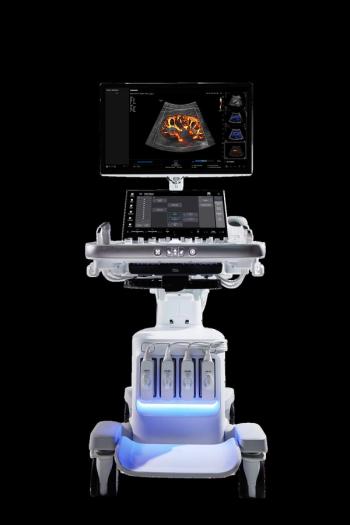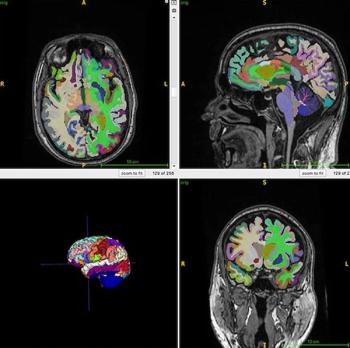
Colorectal Cancer Screening: Could a Lower Age Threshold Reveal Greater Screening Disparities?
In a large study looking at the use of colorectal cancer screening techniques (including computed tomography (CT) colonography) between 2000 and 2018, researchers found that the 50 to 54 age group had the lowest increases in screening and a significantly higher chasm of racial and socioeconomic disparities in comparison to other age groups.
Due to rising incidence rates of colorectal cancer in people below the age of 50, the United States Preventive Services Task Force (USPSTF) issued new guidelines in May 2021 that lowered the age threshold for colorectal cancer screening from 50 to 45 years of age.1 However, emerging research suggests that the lowered age threshold may have a limited impact in improving the prevalence of screening procedures (including computed tomography colonography) among younger adult populations.
In a new study of over 80,000 patients with no history of colorectal cancer, researchers found the lowest prevalence of colorectal cancer screening and the highest screening gaps with racial and socioeconomic disparities among people who range between 50 to 54 years of age.2
Incorporating data from eight National Health Interview Surveys conducted between 2000 and 2018, researchers assessed the prevalence of colorectal cancer screening among five-year age groups, according to the study, which was recently published in
While the overall prevalence of colorectal cancer screening increased by nearly 30 percent between 2000 (36.7 percent) and 2018 (66.1 percent), the study authors noted a 19.4 percent increase in screening in the 50 to 54 age group (from 28.2 percent in 2020 to 47.6 percent in 2018) in comparison to a 31.6 percent increase in the 70 to 74 age group (from 46.4 percent in 2000 to 78 percent in 2018).2
Comparing 2000 and 2018 statistics for the age groups in the study, the authors found that the 50 to 54 age group consistently had the smallest increases in colorectal cancer screening prevalence when it came to factors such as race and ethnicity, education, family income and health insurance access. For those who had less than a high school degree, there was a 16.1 percent increase in colorectal screening in the 50 to 54 age group in comparison to a 34.2 percent increase in the 70 to 75 age group. Hispanic people in the 70-75 age group had a more than threefold greater increase in screening (54 percent) in comparison to Hispanic people in the 50 to 54 age group (16.7 percent).2
“Our findings are especially relevant to the new USPSTF guidelines that recommend average-risk screening to begin at (the age of 45 years). The persistent and worsening disparities we observed in adults 50 to 54 years (of age) may extend to those ages 45 to 49 years as they become eligible for screening,” wrote Caitlin C. Murphy, PhD, an associate professor of health promotion and behavioral sciences with the School of Public Health at the University of Texas Health Sciences Center at Houston., and colleagues.
(Editor’s note: For related content, see “
In regard to factors that may contribute to the lower increases in colorectal cancer screening in the 50 to 54 age group, Murphy and colleagues acknowledged that cancer screening is usually not a significant concern for younger adults. They noted that access to medical care may be more limited for younger adults, who also may be juggling more family and work responsibilities than older age groups.
“Public awareness campaigns may encourage screening among younger adults, and ongoing efforts are needed to identify and address barriers to screening that are unique to this age group,” noted Murphy and colleagues.
Acknowledging inherent limitations of working with cross-sectional survey data, the study authors said other study limitations included a low 53 percent survey response in 2018 and a lack of information on repeat or longitudinal screening.
References
1. Lin JS, Perdue LA, Henrikson NB, Bean SI, Blasi PR. Screening for colorectal cancer: updated evidence report and systematic review for the US Preventive Services Task Force. JAMA. 2021;325(19); 1978-1998.
2. Liu PH, Sanford NN, Liang PS, Singal AG, Murphy CC. Persistent disparities in colorectal cancer screening: a tell-tale sign for implementing new guidelines in younger adults. Cancer Epidemiol Biomarkers Prev. 2022 Jun 23; OF1-OF9. doi: 10.1158/1055-9965. EPI-21-1330. Online ahead of print.
Newsletter
Stay at the forefront of radiology with the Diagnostic Imaging newsletter, delivering the latest news, clinical insights, and imaging advancements for today’s radiologists.



























